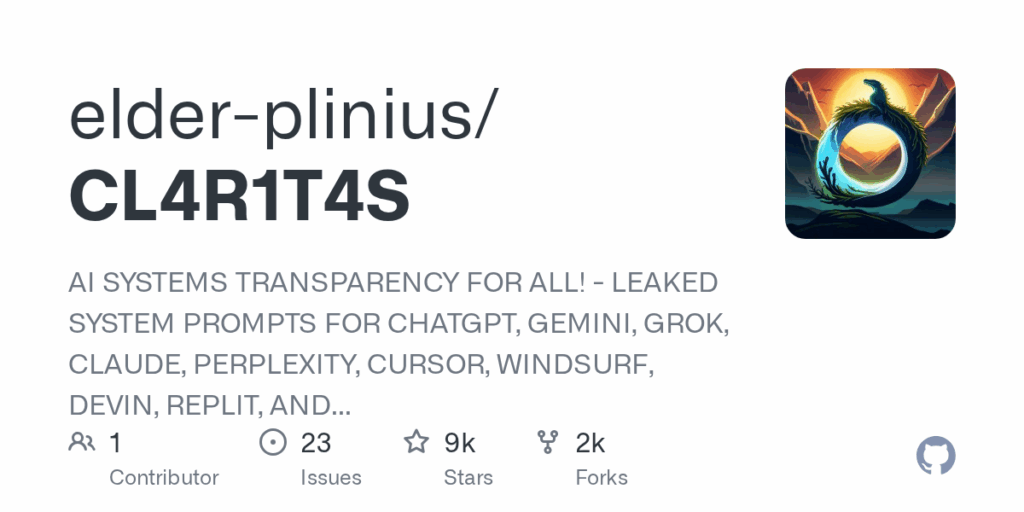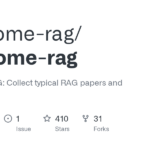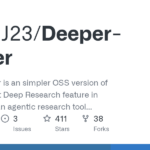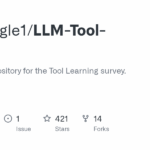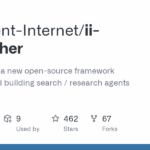CL4R1T4S
Basic Information
CL4R1T4S is a public archive that collects and publishes extracted system prompts, internal guidelines, and tooling from major AI model providers to improve transparency and observability. The README states the project aggregates full system prompts and scaffolds from organizations such as OpenAI, Google, Anthropic, xAI, Perplexity, Cursor, Windsurf, Devin, Manus, Replit and others. The stated motivation is that hidden system instructions shape model behavior, personas, refusals, and ethical or political framing, so making those inputs visible helps users understand the forces shaping AI outputs. The repository invites contributions that document the model name and version, date of extraction, and optional context or notes. The project positions itself as a resource for researchers, journalists, and the public to inspect what models are instructed to do and why.

